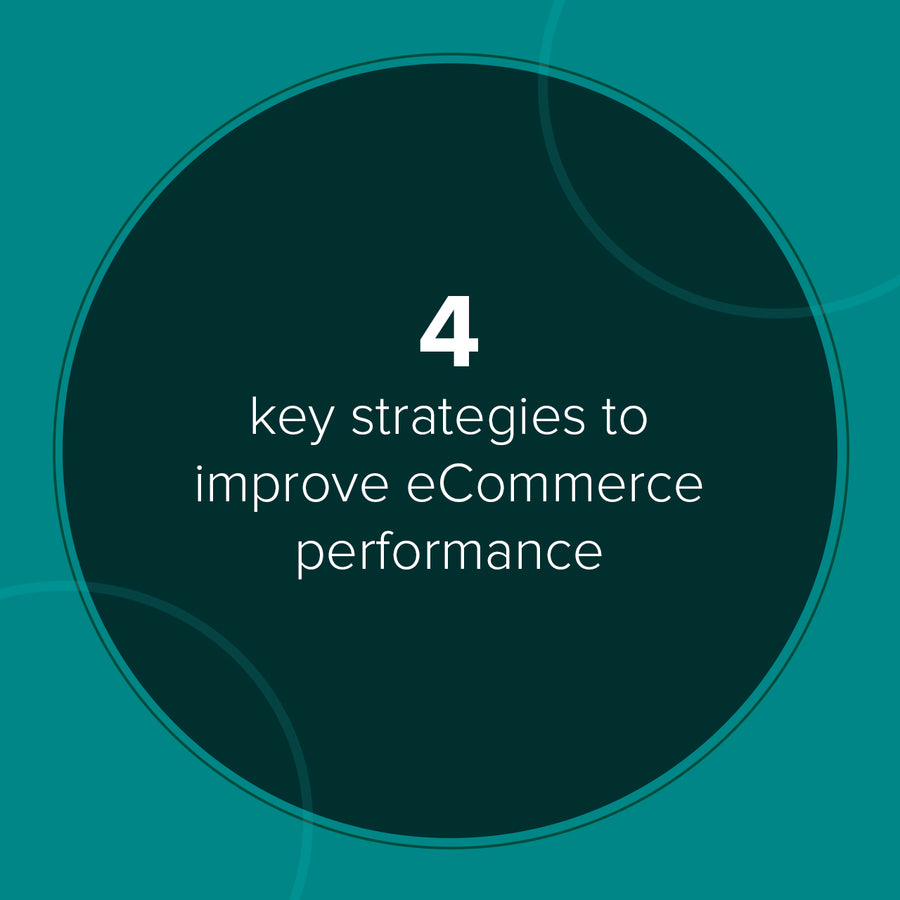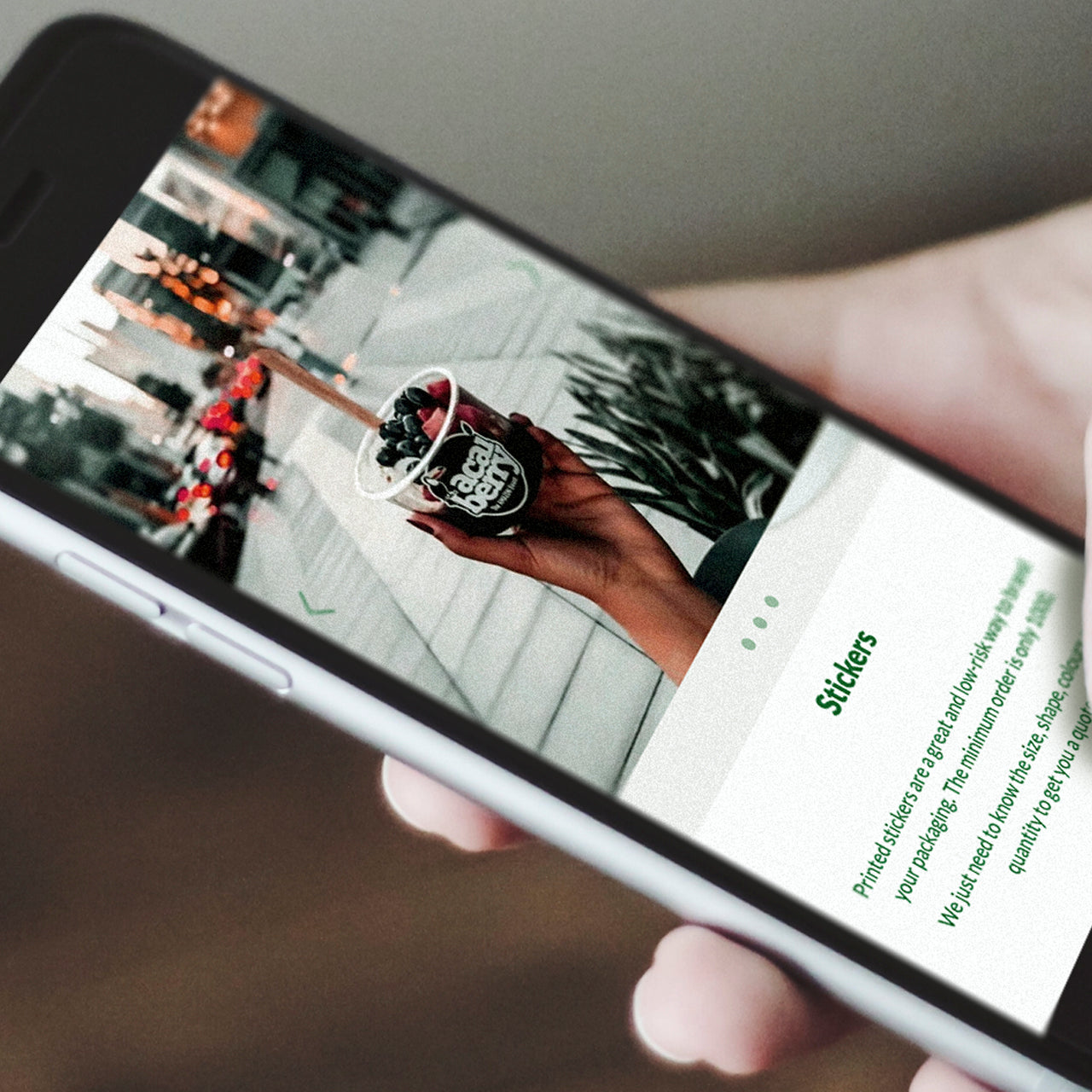How to keep your eCommerce site ahead of your competition
8 December 2022

Design trends that should be included in your communication, before your competitors start implementing them.
Having worked in e-commerce for over 15 years, I’ve built a great understanding of the industry and the ebb & flow of the surrounding trends. I’ve worked in many roles during this time, both within marketing teams creating cross channel campaigns and even some web development.
In the ever competitive world of e-commerce, it’s becoming more crucial that marketing teams and store owners understand the real value of good website UX and regular reviews to stay ahead of the competition.
During the pandemic, websites have become the primary sales channel for many companies that have traditionally focused on the in-store retail experience. Those that have already engaged with the technology have been able to capitalize on the trend in 2021, but now need to improve their site performance to sustain their growth.
Those businesses that did not fully embrace e-commerce now find themselves losing sales to their online competition. The direct sales channel offers consumers lower prices and companies higher profits. Given these factors, there is no doubt that this trend will continue to grow.
User Experience
Faster site performance and good UX play a vital part of Google results and the overall usability. We know how frustrating it is for a user when a site is slow and difficult to use, and we tend to lose interest very quickly. There are many ways to address these key issues, for example, team up with an agency like Absolute to request detailed performance and UX audits. Without this data, it is very difficult to see a true picture of the actual state of your site. Based on these audits, you can make key decisions about your site and its future strategy. In most cases, phases of work on key points can be undertaken as part of ongoing support, or in serious cases where the scale of the work is significant enough, a new site may be required.
Both of our preferred platforms can be developed as "headless" solutions, in which the front-end and back-end are disconnected, resulting in improved security and performance by using a modern technology stack with JavaScript libraries such as React and Vue.js. However, you should consider the cost of ongoing maintenance, as for example, a headless solution can be more costly to maintain. Turning a website into a progressive web application (PWA) can also be relatively easy to achieve, providing app-like performance features, offline capabilities and better brand identity, all from a single code base. Traditional app development requires completely separate code from the website, resulting in increased development time, whereas a PWA is an installable version of your website.
If you want to take charge of your UX and discover where your site might be suffering there are some amazing platforms such as - https://www.hotjar.com/ & https://clarity.microsoft.com/ which allow you to see where a user may be having problems with your site, we use these tools on a daily basis to help us identify areas on our clients' sites that need to be reviewed. It's hard enough to attract people to your site in the first place, so you don't want to lose them due to a poor customer journey.
In the case of a recent client's site, which wasn't built by us, but we took on Magento support, we reduced the average loading time by 53% and increased the average website conversion rate by 148%, resulting in an initial increase in sales revenue by 35%.
Outbound marketing
Outbound marketing is becoming increasingly challenging. In the ever-growing jumble of channels and messages, it is very difficult for us as retailers to cut through all this noise. Ad channels and PPC (pay per click) can be another daunting sector of the industry, and we've seen some clients and industries waste huge amounts of revenue here. While we don't specialise in this area, we can share with clients solutions that we have seen actually work. Google Shopping is a great example: it's third-party marketing, but very targeted, so conversion and cost-per-click are light years away from Google's much broader display and keyword-based campaigns.
Another form of outbound marketing is marketplaces, most notably Amazon. Integrating your product catalog and using various fulfillment options can be a great way to grow your audience and global reach. There are dedicated platforms that will manage the integration, such as https://www.channeladvisor.com/, but there are equally direct ways you can integrate with simple modules and plugins. Dedicated platforms tend to offer more because they can dynamically update prices and monitor what the competition is doing. We’ve had clients see growth through their own website because of the increased visibility that third-party channels can give. You are limited in what you can send via Amazon and eBay packages, but you can add subtle mentions of your brand and company so that customers may choose to return directly to your site.
SEO
SEO is becoming a massive part of our clients' outbound marketing strategy, if you don't invest in the fundamentals, you will soon be swept away by the competition. There are many companies that specialize in this field, such as iCEA, but clients need to take responsibility and work on the basics, namely content. You can't expect search engines to take notice if you’re not updating your site and providing your customers with the information they need. FAQ sections or blogs are a huge part of this, so you can answer people's questions that are specific to your industry. You must help Google out, in order to help your site, because organic traffic can be a primary source of revenue for many e-commerce sites and actually one of the most cost-effective, even when considering internal time.
Social Media
Social media can be a minefield, but used correctly, it can build incredible brand awareness. Brands must be careful of their PPC (pay per click) offer, as we’ve seen these absorb vast amounts of ad spend for very little return. Most of the key players are now offering shopping experiences that can integrate directly with your product catalog, and we’ve started to notice some interesting interactions and ROI for the right clients. The key to social channels is to post fresh and relevant content that people actually want to see and interact with. Lots of companies fall into the trap of simply posting content regularly, thinking this is the right thing to do, but the social channels have become very intelligent in the last few years, and will only push content that will keep their users interacting with the platform, as it’s in their own interest to keep people hooked to they can target them with paid adverts.
Direct marketing
Direct marketing through your subscriber data is an area which can be easily overlooked. This can be a game changer for some businesses. Where companies fail is by blanket emailing all of their subscribers on a very frequent basis with generic content. This results in their database shrinking as people unsubscribe due to a lack of interest, and this tends to happen in marketing teams working with the wrong tools and lack of time or knowledge. Common platforms for email marketing such as Mailchimp only offer a very limited set of segmentation and automation features, albeit it’s a great platform to get you started. Platforms such as https://dotdigital.com/ allow you to take things to the next level, you can easily create emails targeted to the specific customer using a full set of data such as purchase history, browsing history, abandoned basket the list is almost endless. From this you can create amazing automated customer journeys where people feel engaged as the content is tailored and relevant to them.
Product recommendation platforms have made waves in recent years, the likes of https://www.nosto.com/ & https://www.salesfire.co.uk/ have enabled clients to get the most out of those hard won visitors and potential customers. They work similarly to targeted emails and customize the content on your website to the customer who is viewing it, this means the user feels more engaged, and your conversion rates are likely to increase. It also makes the site easier to navigate and reduces friction with the user, and we all know that's crucial for people staying on the site and enjoying their experience. These platforms have some very clever logic built in to help identify what is relevant to different customers, and you can also segment customers to target them with specific ads, not just product recommendations.
Overall, we’ve started to see a trend towards Shopify for proof of concept and smaller sites. Magento builds tend to focus on the more complex and bespoke sites which have multiple integrations with internal and external systems such as a CRM (Customer relationship management) or ERP (Enterprise resource planning). Adobe/Magento is quickly moving its focus to microservices with the core becoming more stable but with less functionality being added after version 4.4.5, although this could change it’s pretty clear that their focus is on Adobe Commerce which is their paid offering as opposed to Magento Open Source.
These recommendations don’t work for all sellers and industries but are some of the areas we’ve seen most success, e-commerce is a very crowded market and many companies are trying to offer very similar services, my advice would be to engage with these different providers and ask them for a trial before you commit to contracts that in some cases may bind you for several years. Also ask for examples of existing clients within your sector and even ask for references so that you know what works for your industry. Things that work for general consumer sites don’t always work for B2B.
The last point to make is to lean on your existing partnerships with your development or an SEO agency, as they will be able to introduce trusted partners and have real world feedback from their existing client base. By doing so, you will avoid getting burnt by companies which aren’t the right fit for you.
Please get in touch with us today and we can start the conversation about how Absolute can help improve your eCommerce offering.
Joshua Grant | Absolute Design
Director of Digital Services
Contact Us to discuss how we can help increase sales and boost your online performance!
INSIGHTS
CASE STUDIES

Electrical Counter
Discover how we optimized Electrical Counter’s Adobe Commerce Cloud migration with a seamless Equinox ERP integration, 100K+ SEO-friendly redirects, and bespoke functionality for automation, pricing, and performance.
-
Magento

Floor Giants
Discover how Absolute helped Floor Giants boost customer engagement and streamline their Magento store. Learn about the key features that made the difference.
-
Magento

Packaging Environmental
An Adobe Commerce Cloud site delivering an enhanced B2B customer experience, bespoke features to fulfil unique business logic and improved GDPR compliance.
-
Magento

Packaging Environmental Sage X3 Integration
Having been purchased by Bunzl UK Ltd, Packaging Environmental needed to move their ERP system from Sage 200 to Sage X3.
-
Magento

Leading Jewellery Brand
Multi-store Adobe Commerce Migration.
-
Magento
CONTACT
Are you excited to get your next project up and running? Or are you unsure what is dragging you down?
Contact Us to discuss how we can help increase sales and boost your online performance!

Enter your email address to sign up to our newsletter, featuring case studies, insights, industry news and much more.
If this is something you would like help with, please get in touch.







